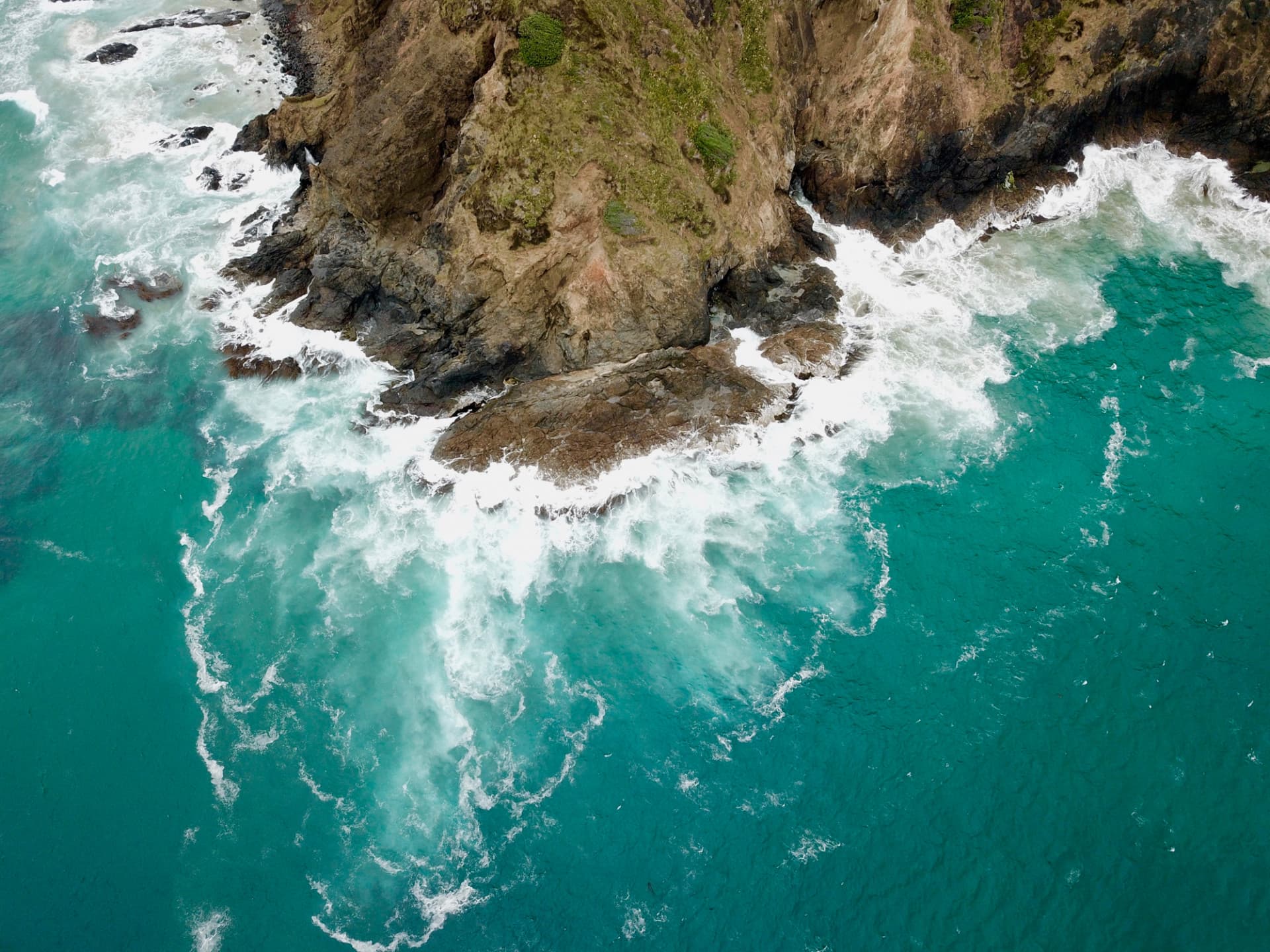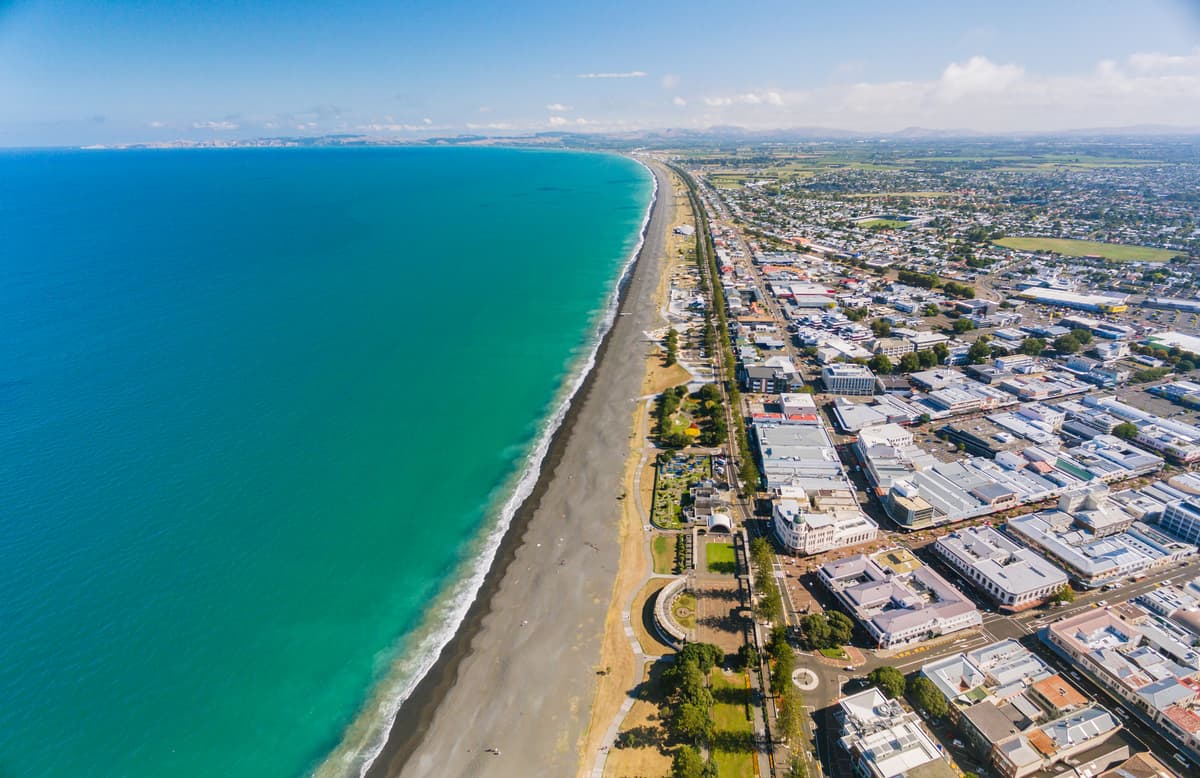

One of three reports prepared for stage two of Hawke’s Bay regional study. This report describes the full process including stage one (system mapping exercise) and stage two (seafloor model and analogue simulation exercise) and the guidance for future EBM case studies using these tools. Lundquist CJ, Connolly JD, Shanahan R, & Madarasz-Smith A (August 2022)
The Hawke’s Bay regional study was selected as one of Sustainable Seas' Phase 2 case study areas for research on implementing ecosystem-based management in a real-world context, using tools, processes and analyses developed within Challenge research. This project used system mapping and spatially explicit decision support tools to explore the effects of multiple stressors on seafloor communities, including how these communities respond to stressors at different spatial and temporal scales, and potential time lags in response and recovery from stressor impacts. The project is a collaboration with the Hawke’s Bay Marine and Coastal Group (HBMaC), a non-statutory multi-agency, multi-stakeholder group established in 2016 in recognition of concerns over the apparent reduction of inshore finfish stocks and environmental degradation in coastal and marine areas of Hawke's Bay.
